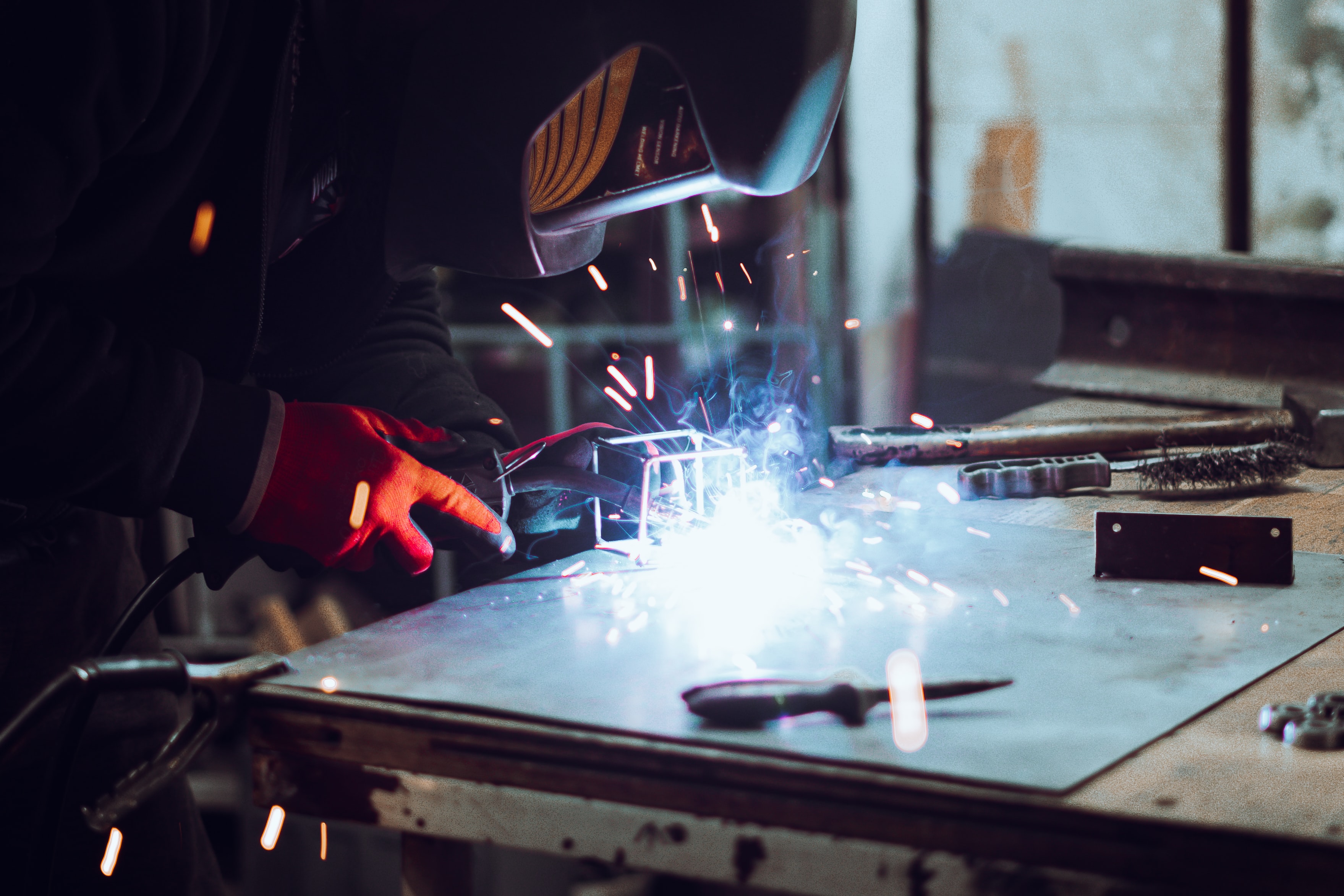On-demand food delivery apps are gaining greater prominence when they offer the ease of convenience and accessibility. Most of the on-demand service consumers are associated with the millennial population as it syncs with their lifestyle. Food delivery apps much help keep a balanced form of supply and demand in the given market.
With newer technologies emerging, they will be made a part of the app to offer food deliveries in time to their location.
The user experience is optimized further with the help of route optimization and real-time tracking modules. Thus developing an app like UberEats is incredibly beneficial to both the eateries and the food-gourmets. Every restaurant understands the immense potential behind such on-demand delivery apps and clone solutions like UberEats clone apps. Entrepreneurs slowly realize how powerful a UberEats clone solution is for their food delivery business.
As technology becomes more advanced, so does the strategic value associated with this particular sector of applications. Entrepreneurs are scrutinizing every element of the app to cater to the needs and requirements of the stakeholders.
Convenience:
Customers can select the restaurant of choice, take a glimpse at the menu dishes and get engrossed with real-time tracking. Developers focus on enhancing the user interface to optimize the convenience of usage. Restaurant side apps will simplify everything related to managing orders and monitoring / taking care of the deliveries. The delivery personnel and the customers can easily connect through a chat feature.
Speed:
Typically, food delivery personnel will take approximately 30 minutes in for delivering an order. The delivery people will have an app that features many advantages like real-time tracking, route optimization, work automation, scheduling and much more. They help in making the work of delivery a straightforward and simple process. The delivery personnel can also work according to their flexibility and convenience. They will also have the option to accept or decline an order request.
Cost-efficient:
A majority of the entrepreneurs are inclined to aggregator-based food delivery models due to their flexibility and advantages. This implies that a third party must be integrated to take care of delivery. The restaurants have to cook and pack the food item. The headache related to transportation is removed, and that is taken care of by freelance drivers. The end customers can get food delivered directly to their doorsteps, eliminating their transportation costs.

Offers and promotions:
Enthralling prospective customers to make use of your platforms is more challenging than the work associated with developing it. The more the customers spend money then more excellent the value should be. Providing a less costly commission fee is a good move as it doesn’t impact its income. By captivating customers with offers, the number of orders placed on your platform will grow. Another effective strategy involves Cashback.
Types of food delivery apps
There are 3 types of on-demand food delivery apps which are explained below:-
- Order focussed model:
Such apps play their role as a middleman that bonds local eateries with the customers. The users can choose and place orders from their favourite restaurant via the application. Options to help in customizing the food are an added advantage.
- Orders and linguistics focussed model:
Also known as the aggregator model, this is the best choice for eateries that don’t feature their own delivery system.
- Restaurant specific model:
This model is employed by restaurants that have their own team of delivery executives. They will cover only a single restaurant chain.
The on-demand food delivery market speaks of huge income yet is filled with intense vying. Your UberEats clone solution will thrive well enough if it satiates the user expectations. So the checklist to create a successful food delivery application will need the following work to be accomplished.
- All-encompassing market research in your niche
- Narrowing down on the target audience
- Researching their needs and working on addressing them
- Choosing the best business model
- Ascertaining that there is a USP for you and finding out its potential
- Creating an MVP
- Determining the monetization models
The challenges associated with this niche include the following.
- Taking care of disappointed customers
- Addressing the issues that emerge in the logistics part
- The temperamental nature of freelance delivery personnel
- Not giving attention to user loyalty.
- Providing good and wholesome food consistently.
Ending lines:
The article would have indeed given you a great deal of enlightenment about a food delivery app’s foundation along with the best guidelines to optimize your services. With the world reeling under the effect of the COVID-19 pandemic, now is the right time to enter the picture with a customized food delivery clone solution that will serve beneficial for the restaurants, the delivery executives, the end customers and you as an entrepreneur. Everyone gets satiated. That’s why we recommend you to get in touch with our team from Uberdoo to address all your queries related to developing an ambitious food delivery mobile app solution. Our highly robust UberEats clone script comes packed with everything necessary to add value to your food ordering/delivery business. We say with full confidence, it is the best clone script solution in the market, and this is the feedback of our clientele as well.
Uberdoo can very well be your best technical team that will help you in your quest to come to the top of the food delivery market, and we provide our support in helping you achieve that mission of yours. Put your trust in the reliable hands of Uberdoo, and we will deal with the rest.
For more information, contact us at Uberdoo.com.



